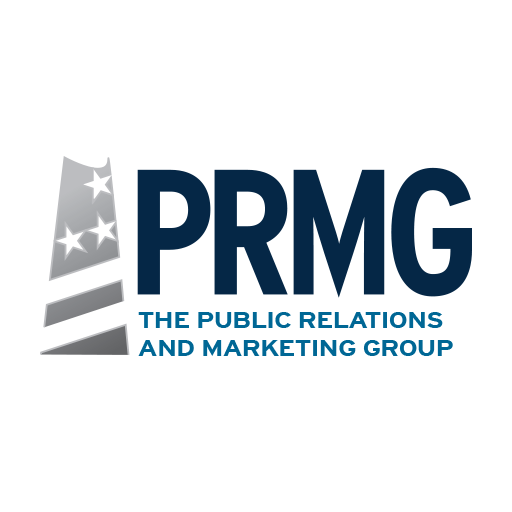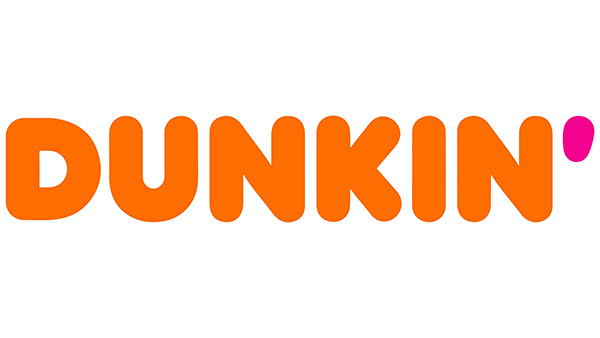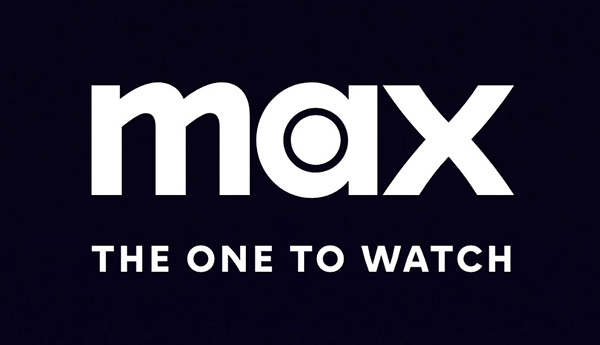Collateral Marketing Materials
Now that your website is up, you can now turn to putting together some marketing materials. Using your logo, set up and print business cards with your website, e-mail and other contact information on them. You’ll also need to set up letterhead, but more and more businesses are using Word documents and color laser printers to print letters as needed. You will also need to print envelopes; however, considering the difficulty some laser printers have with printing envelopes, you may consider purchasing envelopes. Use an online printer such as Vistaprint or PrintPlace. You should also consider putting together a brochure at this point. You can place it on your site as a PDF download, e-mail it and use it during your initial marketing programs. You may also want to consider purchasing presentation folders. These are good to use when providing proposals and other information to prospective clients or to provide to clients to hold your information in.
Contacts
One of the first steps you want to take when starting a business is to pull your relevant contact information together. In fact, many entrepreneurs begin collecting contact information about prospective clients and customers long before they go out on their own. You’ll need to do some research to determine the best system for you. Will Microsoft Outlook and Access be sufficient to create your databases when used in conjunction with an e-mail program such as Constant Contact or StreamSend? Will you use your Point of Sale software? Do you need an online system such as Salesforce.com? The contacts you have made are likely going to be your first customers or clients and your best referral sources. You want to create an easy system from which to mail, fax, e-mail, and engage them. Especially for those engaged in a business to business (B2B) field, you’ll need to consider what types of databases and e-mail lists you want to purchase and how you will work with that information.
Social Media
Which social media platforms are best for you? Key in on the big three: Facebook, Twitter and LinkedIn. As a rule of thumb, if you are a retailer or have a business that provides services that anyone can use, then make Facebook your first priority. If you are primarily involved in B2B or provide professional services relying on referrals, then start with LinkedIn. Twitter can be very effective for restaurants and retailers to communicate microblogs to followers and to re-distribute e-newsletters to wider audiences. Upload your contacts with LinkedIn to invite others to connect with you and use the search function on Facebook to make friends and on Twitter to follow others, who will often then follow you.
Press Release on Business Launch and Grand Opening
Once you open your doors and are ready to do business and have built your online presence with your website, blog and social media, it’s time to do a press release announcing your new business. The press release should draw upon your branding strategy, describe its uniqueness and the customer needs it seeks to address. It should be targeted to business reporters, trade publications, local newspapers and online sites that allow you to post press releases, such as PRLog. The release should be optimized with keywords linking back to your website and your domain included. As the release gets published online, this will help to build backlinks, usually with sites with high authority, helping to build page ranking. If you have a retail establishment, restaurant or sizable space in an office building, consider a grand opening and ribbon cutting ceremony. It is often better for restaurants to be open for a period of time, at least a month or two, so that staff can be adequately trained and the kinks worked out before sending out a press release and holding a grand opening, as these will also often invite reviews which you will want to score well on. Use a PR firm or a service such as Marketwire to distribute your release.
Low-Cost Initial Marketing Strategies
You are now doing business. To this point, depending on how much your website cost and whether you had a grand opening, you probably spent between $5,000 and $10,000 on marketing. Now it’s time to be proactive and start getting the word out. For new businesses especially, you want to go after the lowest hanging fruit, bringing the greatest return on your investment at first.
Look at your contacts and prospect lists that you may have pulled together or purchased. Start by sending an introductory letter with your brochure or another direct mail piece to your contacts and prospects. You can do the same using e-mail and include links to your website and a link to download the brochure. By using an e-mail program such as StreamSend, you’ll be able to track who opened and clicked through to your site, or downloaded your brochure. You’ll be able to use this information to prioritize follow up.
After your introductory mail and e-mail has been sent out, you’ll want to regularly communicate via e-mail using e-newsletters. Use the content you develop to update your website and communicate via Facebook, LinkedIn and Twitter. Consider purchasing additional contact lists or using Chamber of Commerce, published association and other prospect lists. Continue to track your click-through activity and develop materials to send to prospects. For professionals, consider making follow-up phone calls, e-mails or further engage using social media. Unfortunately, not everyone will get your e-mails or open them. Consider supplementing e-mails with regular direct mail or newsletters to your current customers and prospects.
At this point, you are probably also doing some traditional networking at appropriate venues that put you in front of prospective customers. For this, it is often more effective to go to their events, conferences, etc. in your targets rather than general chamber or other public events. Consider taking tables at conferences and sponsoring lectures. You may also want to develop a lecture or webinar for your prospective clients. Some professionals require continuing education. Look into whether your lecture can get accreditation. You may even be able to charge for attendance.


